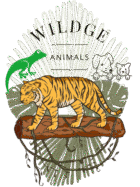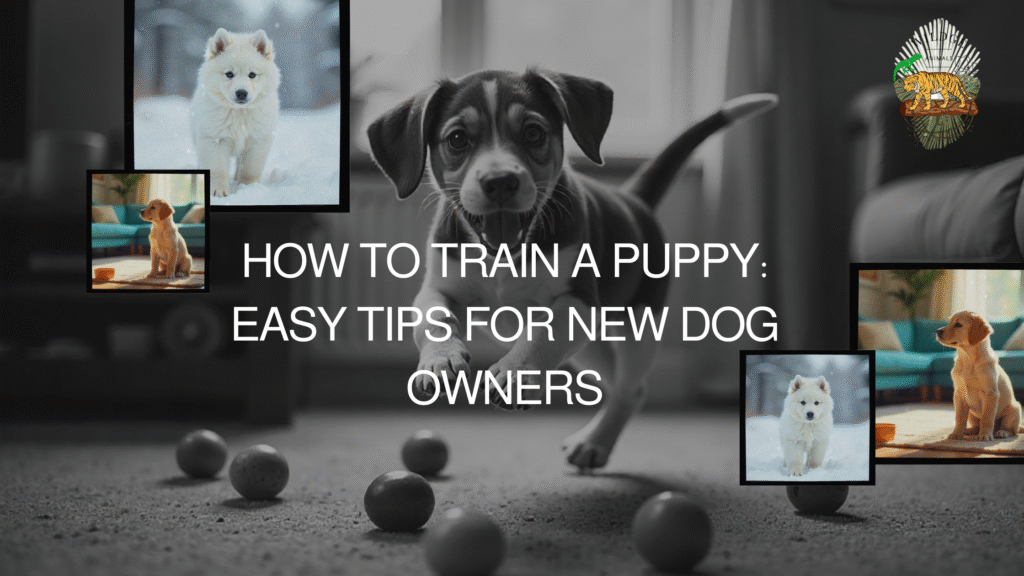Table of Contents
Introduction: How to Train a Puppy?
Bringing a new puppy home can be a very heartwarming and exciting idea; however, there are a set of challenges being a first-time dog owner. Potty accidents and chewed shoes are just two of the many possibilities during the early days of life with a puppy, and it can be daunting unless you have a plan. It comes at the point where appropriate training is everything.
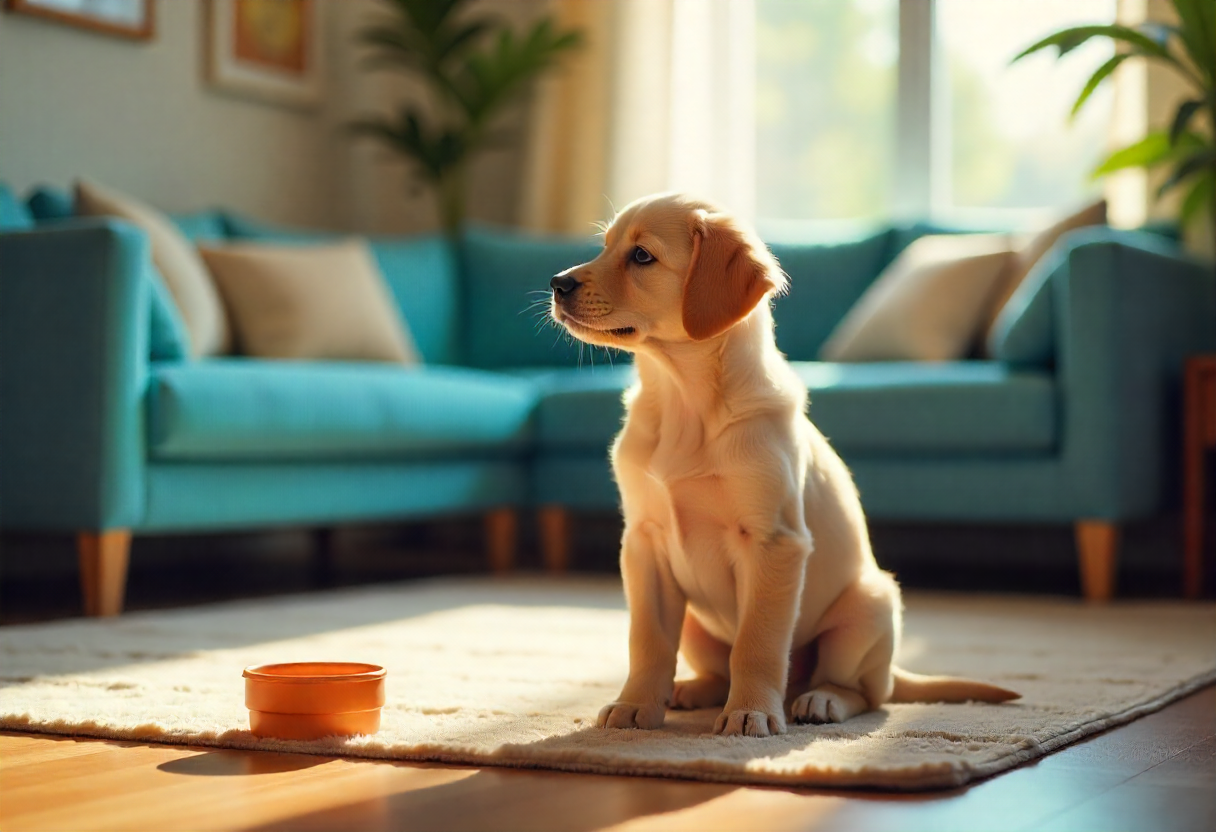
One should be aware of how a puppy needs to be trained so that it will ultimately provide a lasting effect of a happy, well behaved dog. Not only will training help in avoiding the undesired behaviors, but it will also establish trust and conversation between the two of you..
You will learn no-nonsense tricks on how to train a puppy without any prior knowledge in this guide. Be it learning simple commands, teaching it to spit out a chew toy, or positively dealing with housebreaking, this step-by-step method will provide you with the assurance needed to parent a well-disciplined pup. And so here we go!
Start With the Basics: When and How to Begin Training
Eight weeks is the earliest age at which a puppy can be really trained. The puppies at this age become like sponges; they are curious and seek to learn something new and develop some habits that may tend to last a whole life.
Keep the initial sessions short and easy, and have a regular schedule. Every time you are teaching a command, use the same words, tone, and hand signals. Things, including puppies, live on routine; hence, as long as you train your puppy with a structure, it will take you a shorter time and be much easier to train.
Make it a distraction-free and friendly environment that is favorable towards the training. Select a spot in your home that is away and quiet, not traffic-filled. Have treats and toys handy, and every training session should have the feeling of a game and not a chore.
Crate Training: Building Confidence and Security
Crates are one of the best training techniques on how to train a puppy and at the same time provide them with a comfortable area of relaxation. The crates are not punishment as the myth goes, but comfort zones.
Leave the door open, put something yummy or toys inside, and allow your puppy to experiment all by himself/ herself. Start them in it gradually, with a few minutes in it, and build up to longer periods.
The most common mistakes are punishing your puppy through the use of the crate or leaving the puppy there too long. The crate ought to be linked with good experiences-sleep, relaxing moments, and reward.
Housebreaking Made Simple: Potty Training Your Puppy
Potty training could be said to be one of the most common issues when it comes to training a puppy, although through persistence and perseverance, it becomes easy.
Take your puppy outdoors regularly-after he/she wakes up, after feeding, and after playing. Always use the same spot and praise them on the spot when they go. The most promising area is reward-based training: goodies, upbeat tone of voice, and light massaging.
There will be accidents, particularly in the first weeks. When they do, clean up completely so that the odors are removed, and it is not advisable to scold the puppy. Rather, build good habits and reward outdoor achievements whenever and wherever possible.
Teaching Basic Commands Every Puppy Should Know
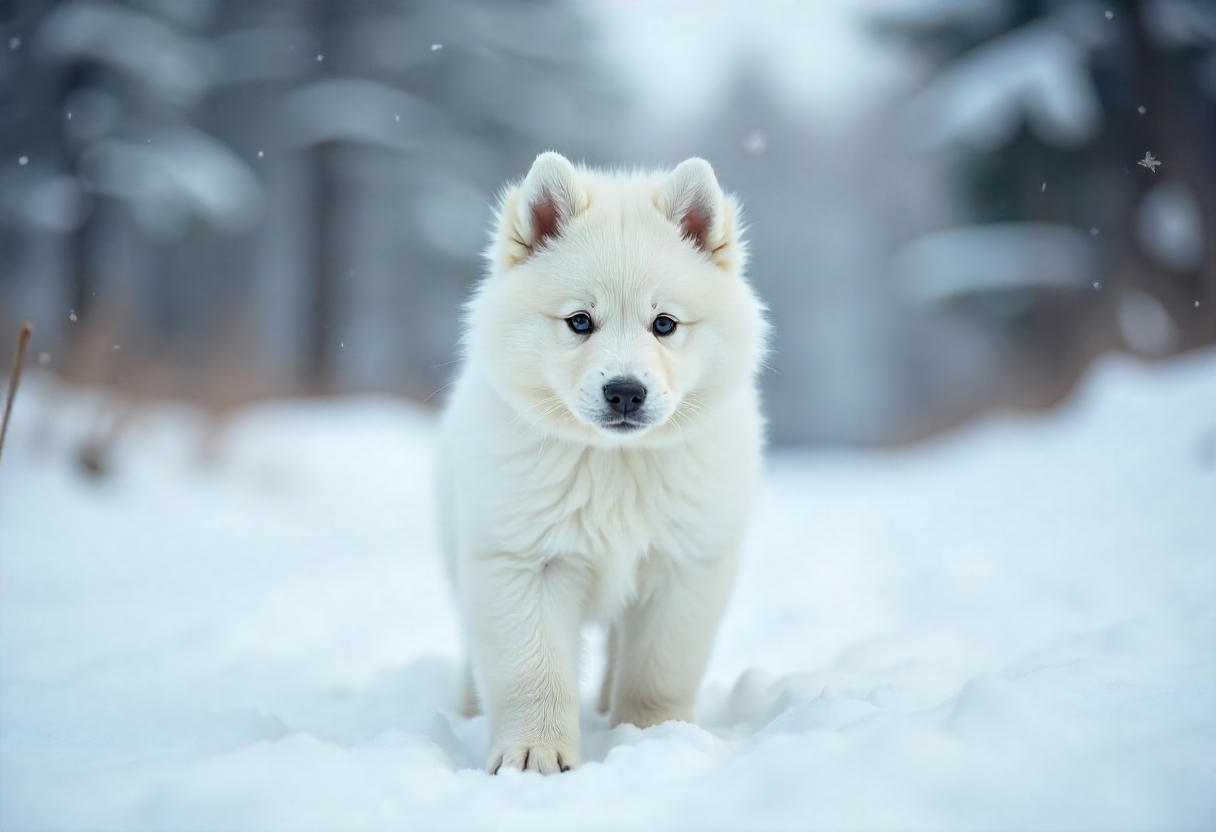
All puppies ought to have a number of basic commands that are taught on the grounds of safety and communication. These most popular ones can be begun by: sit, stay, come, and leave it.
Train a puppy to respond through a step by step process. As an example, say the word sit, and then seat your puppy gently and use a treat and praise. Do it over and over again, and as yet in brief, intensive periods of time, approximately 5 & 10 minutes a period.
Practice makes perfect, and positive reinforcement will make your puppy learn to enjoy being obedient to you and get rewards.
Check Out: 20 Adorable Cat Names Inspired by Pop Culture.
Socialization: Raising a Friendly, Confident Dog
Socialization comes in just as obedience does when you train a puppy. This means to allow your pup to be around diverse types of people, animals, noises, and locations to keep fear-based tendencies later in life at bay.
Begin with sedate, amiable greetings- neighboring pets that have been vaccinated, and other settings, such as a park or the sidewalk. Study the body language of a puppy and do not force something.
The outer aim is a social experience to be joyful and secure. A properly socialized puppy will become a confident grown-up dog.
Leash Training: Enjoying Walks Without the Struggle
To train a puppy, you have to teach it to walk quietly on a leash; it is always better to start earlier. Start at home, in your front yard, and allow your puppy to be familiar with the collar or harness and leash. Treat and praise them in order to walk alongside you. The very first sessions should be short-term and positive.
To avoid pulling and lunging, just stop walking when your puppy starts pulling and only begin again on the loose leash. Other tools can be used to assist in controlling strong pullers, such as a front-clip harness. Add distractions as it grows more confident, bumping up the length of the walk a little bit at a time..
Positive Reinforcement: The Secret to Success
Positive reinforcement is the most effective training method for a puppy. Great motivators that can help your puppy learn that being good is rewarded would be praise, treats, toys, and love.
Use rewarding small snacks and a cheerful voice when your dog obeys an order or acts even better. As time passes, fewer treats should continue to be kept in use since they can be rewarded via the use of verbal praise or a quick play session.
It should not be punished. Instead, this will cause fear and misconception. Rather than screaming, punish wrong behaviour by rewarding right behaviour. This reward will enhance your confidence and the affection between you and your dog will be much stronger.
Dealing With Common Behavior Problems
Puppies are adventurous and curious; their instincts may instigate emotional problems of nipping, chewing, and jumping. They are inevitable during development, although they could be managed using the appropriate strategy.
Yelping and attention withdrawal are one of the ways of ending nipping and teaching bite restraint. Because of the need to chew, provide chew toys so that the animal does not chew furniture, shoes, etc. When it comes to jumping, you should not focus on the dog’s behavior and just reward your puppy when they sit down.
When the behaviors proving to be undesired either remained unchanged or deteriorated, an action of engagement of a professional trainer may be considered.
Sufficient advice will allow avoiding long-term problems and make it easier to train a puppy easier..
Training Schedule: What to Expect Week by Week
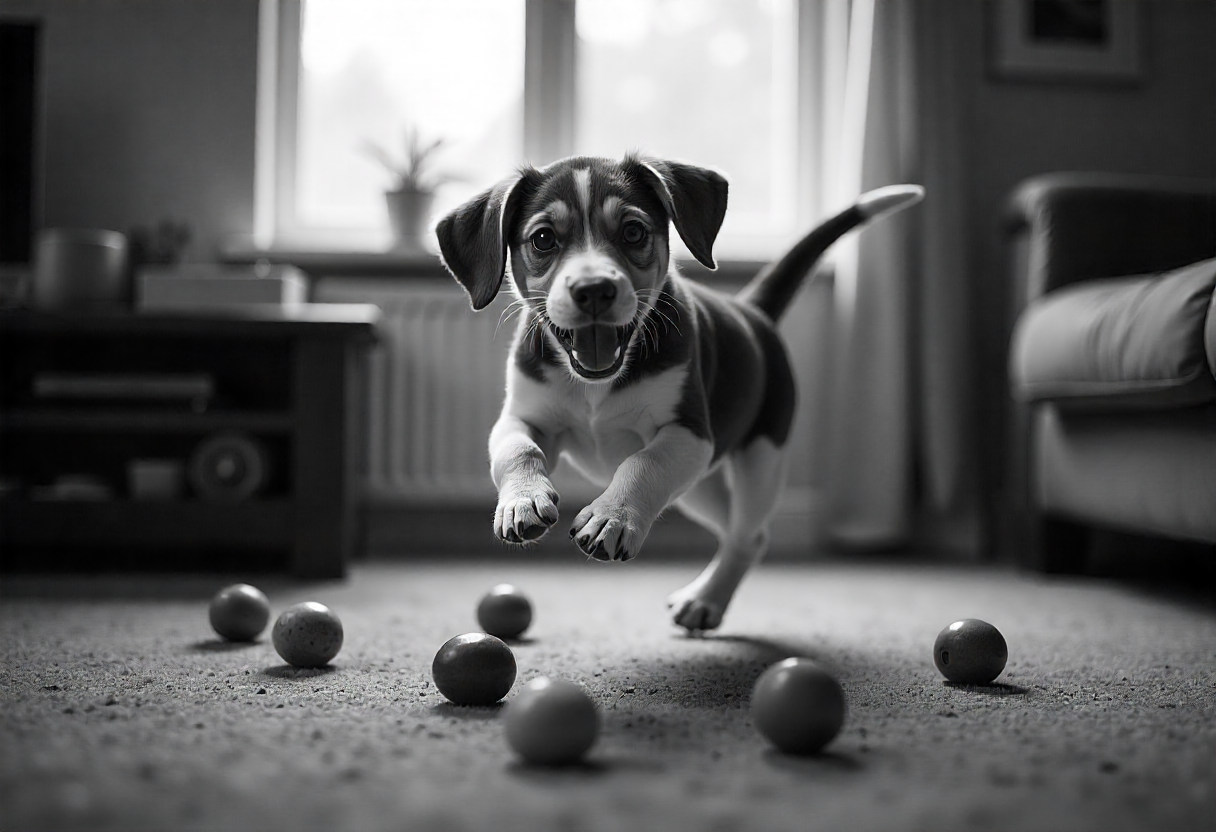
When you train a puppy, you must always be on a regular schedule. As soon as 8 weeks, it is possible to start house training, making the time in the crate pleasant, and to train basic commands.
This is more or less a rule of thumb:
- At weeks 8 to 10, these were name recognition, potty schedule, crate exposure, and sit
- Weeks 10 12: to be, to arrive, introduction to the leash, early socialization
- Weeks 12 16: Working up the commands into larger walks, greeting behavior
- More than 16 weeks: training repetition, introduction of new distractions, and new socialization
Make sure to offset balance training with playtime and non-training rest to allow your puppy the time to be a puppy. In addition, you must also monitor your progress week by week since you must change your approaches as the dog adds weight.
Conclusion: Raise a Well-Behaved Puppy with Confidence
Bringing up your puppy is not an impossible job that you should feel overwhelmed by doing, but with some patience and consistency, and proper ways, it is a satisfying process not just for you, but also for your puppy. Training dogs can be done in many ways, based on how you want to train your dog. Typical dog trainers carry their dogs through basic training to be able to recognize commands, others train their dogs to know how to deal with behavioral issues, and others train their dogs to grow in confidence by teaching them to be more social. Whichever it may be, each step you make towards training will contribute to a well-mannered dog and a happy dog.
The secret is to begin early, be optimistic, and follow a schedule. Know this, however–no puppy is perfect overnight, but with the proper training, you will not only train a puppy properly, but you will have a lifelong friend that just gets stronger as you both grow.
Regardless of what step you take next, you should remember this: you are not alone, and every struggle is a chance to become a better version of yourself, and a community is here to support you.
For more info: Click Here.
FAQs: Puppy Training for Beginners
1. What is the training period of a puppy?
A lot of puppies can get basic commands and rituals in under a few weeks time, but housebreaking, behavior correction, etc., are not done until several months later. Constant practice and rewarding behavior accelerate the work.
2. How do I teach the easiest command to start with?
The first command you can train a puppy with is usually sit. It is easy, will mellow down your puppy, and can be used as the basis of advanced training.
3. Can a puppy be crate trained?
Sure, it is possible to housebreak a puppy without a crate, but training a puppy to live in a crate will make housebreaking and your nighttime routine much easier. But, just in case you work without a supervisor, you’d better have special arrangements by being more regular in your supervision and potty visit times.
